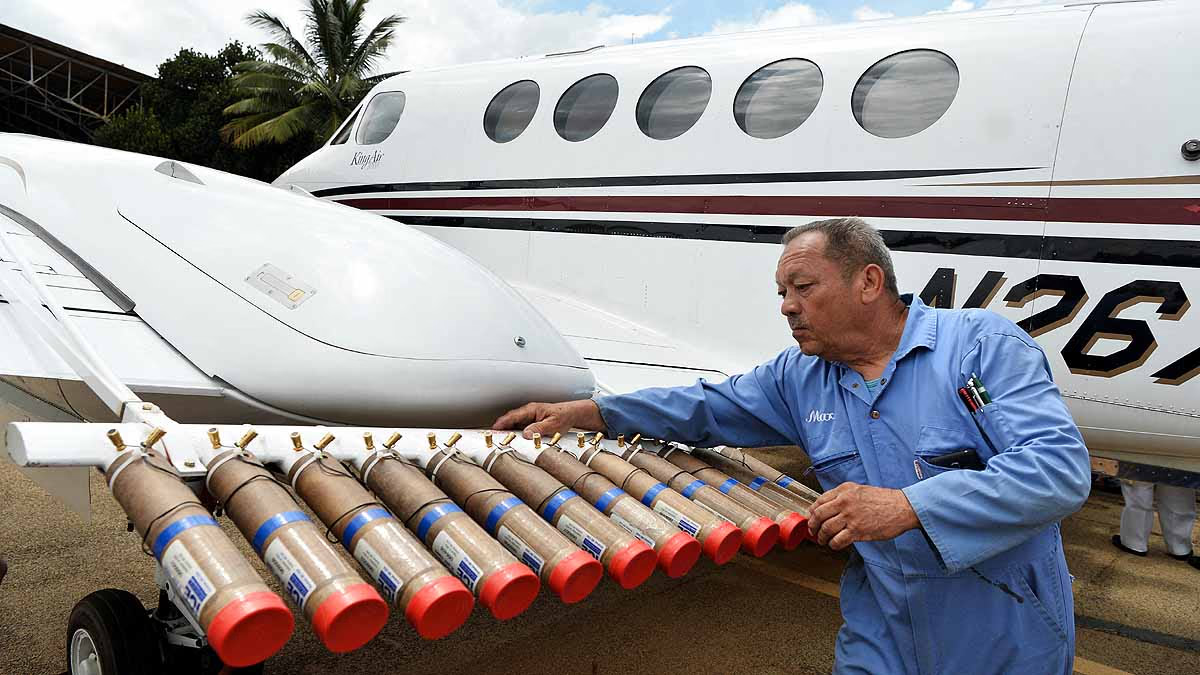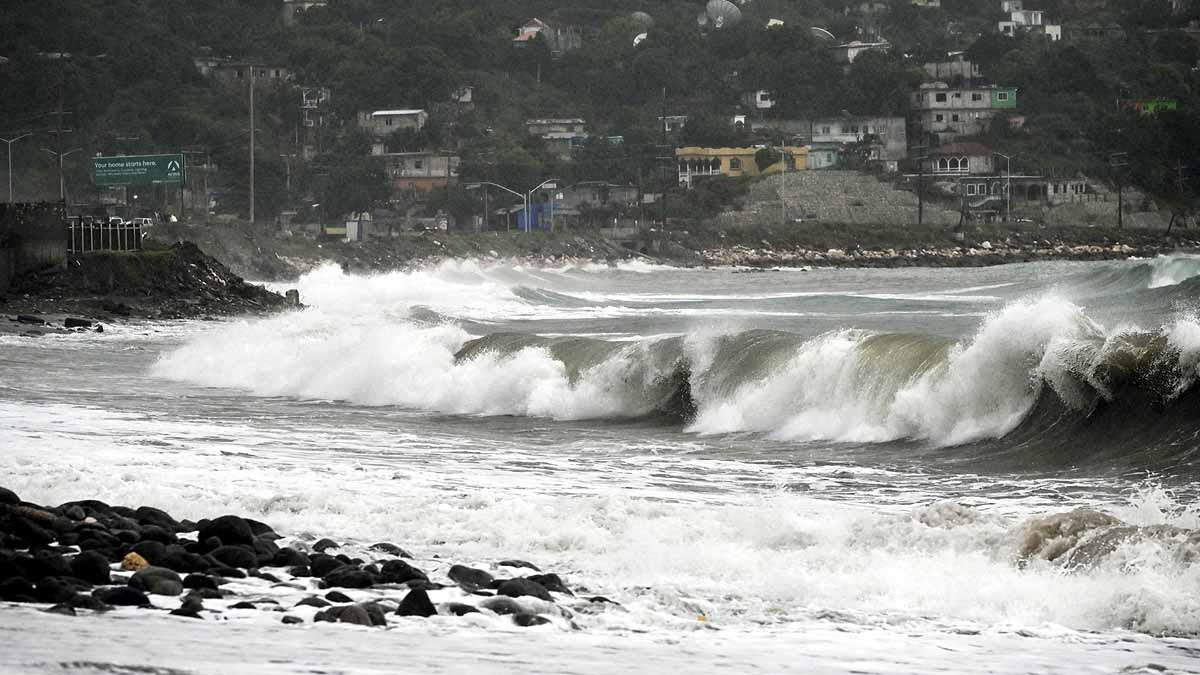Delhi's air has turned toxic again. The air quality index has surpassed 300, indicating a very poor condition. In response, the Delhi government conducted a cloud seeding trial today (October 28, 2025). This technology involves inducing artificial rain by dispersing chemicals into clouds to wash away pollution. But the question remains - why does it take 15 minutes to 4 hours for rainfall after seeding?
Cloud seeding is a weather modification technique that is 80 years old. It involves adding chemicals to clouds to promote rain or snow formation. Natural clouds require nuclei like dust or salt particles to form droplets or ice crystals. Sometimes, in the absence of these nuclei, clouds remain dry. Cloud seeding accelerates rainfall by introducing artificial nuclei.
Scientific Fact:
It can be glaciogenic (for cold clouds) or hygroscopic (for warm clouds). In Delhi, silver iodide (AgI) is predominantly used, aiding in the creation of ice crystals.
Statistics:
Globally, this technique can increase rainfall by 5-15%. For instance, the Reno area in the USA saw a 10% increase.

Source: aajtak
Delhi is known as one of the most polluted cities in the world. In winter, crop burning and vehicle emissions increase PM2.5 particles in the air. If cloud seeding induces rain, these particles can be washed away. In May 2025, the Delhi Cabinet approved 32.1 million rupees for five trials. A memorandum of understanding was signed with IIT Kanpur in September.
Today's Trial:
The seeding occurred between 12:30-1 PM on October 28. Previous attempts were postponed due to a lack of suitable clouds. Environment Minister Manjinder Singh Sirsa mentioned that rain could occur soon. The focus was on parts of Delhi-NCR with five trials planned, each costing around 6.4 million rupees.
This process involves either aircraft or ground generators. In Delhi, an aircraft was utilized. Let's understand the 6-step process...
Cloud Selection:
Radar and satellites identify clouds with supercooled water (below 0°C). In Delhi, clouds at altitudes of 2-5 kilometers were chosen.
Fact:
Cloud temperatures should be between -5°C and -20°C for AgI to work effectively.
Seeding:
An aircraft flies into the cloud and releases small AgI crystals (0.1-1 micron in size), creating ice nuclei.
Stats:
100-500 grams of AgI are used per kilometer. During the Delhi trial, 10-15 kg of AgI was released by one aircraft.
Nucleation:
AgI crystals stick to water droplets, forming ice embryos that quickly grow at -10°C.
Fact:
A single AgI particle can generate 100-1000 ice crystals.
Growth & Coalescence:
Ice crystals absorb moisture from the air and grow larger. In cold clouds, these ice crystals fall and melt (creating rain). In warm clouds, salt particles help the droplets combine.
Stats:
Crystals can grow 10-100 microns in a minute.
Precipitation:
Larger particles become heavy and fall. Wind shear distributes them.
Fact:
It takes 10-30 minutes to travel from the cloud base to the ground over a distance of 2-4 kilometers.
Rain Distribution:
The rainfall covers an area of 10-50 square kilometers. In Delhi, the target is 5-10 mm of rain.
Natural processes take time, which explains the delay in rainfall post-seeding. It acts as a 'trigger' rather than a 'magic bullet'...
15-30 minutes (Immediate Effect): Nuclei formation starts 15 minutes post-seeding. If clouds are ready, light drizzles may occur.
Fact: AgI spreads within the cloud in 5-10 minutes after aerial release.
30 minutes to 1 hour (Major Growth): Crystals grow over 20-40 minutes. Depending on wind direction, particles descend.
Stats: In the CAIPEEX experiment (India), the first droplets fell in 25-45 minutes in supercooled clouds.
1-4 hours (Final Rainfall): Large particle formation, melting, and dispersion take 1-2 hours. Weak winds or tall clouds may extend it to 4 hours.
Fact: Israel's experiments averaged 45-90 minutes, sometimes reaching 3-4 hours. Wind speeds of 10-20 km/h led to increased delay.
Statistics:
According to the World Meteorological Organization (WMO), 70% of cases show effects in 20-60 minutes, while 20-30% take 2-4 hours, depending on cloud thickness (1-3 km) and humidity (relative humidity 80-100%). Today's trial anticipated light rain within 1-2 hours.
Growth Rate: Rainfall increase by 5-15%. Example: Idaho (USA) witnessed a 10-12% rise. India's CAIPEEX project saw 10-20% growth.
Cost-Benefit: 500-1000 rupees per millimeter of rain. Delhi’s five trials could bring 50-100 mm of rain, reducing AQI to 100-150.
Benefits: Reduced pollution (30-50% PM2.5 decrease), improved crops, drought mitigation.
Silver iodide is safe (WHO standard: less than 0.1 gram/km²), but excessive use can accumulate in soil. Over 70 years, there have been no significant health impacts. However, there’s a 20-30% chance of failure if clouds are absent.




